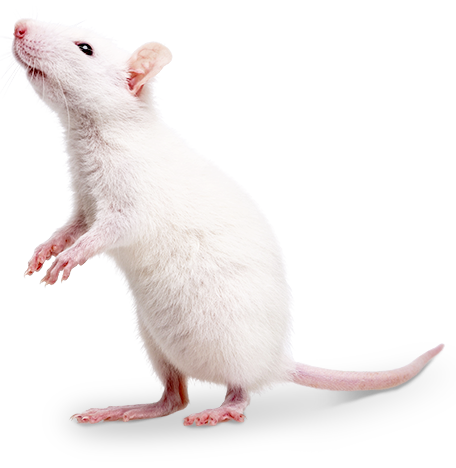Technology Custom Transgenic Services
Under the leadership of Dr. Balázs Bender, PhD, ImmunoGenes has built a track record of excellence in the field of transgenic animal creation for a wide range of specialty needs. ImmunoGenes offers a variety of custom transgenic services in a number of different animal models, including rabbits, rats and mice, by microinjecting large genomic fragments at its state-of-the-art facility. Knockout and Knockin with the bellow mentioned technologies.
All technologies can be read upon but nothing beats the help of a scientist that does this every day! Please feel free to ask for a consult from our Team!
Plasmid construction:
- The solution of purified and linear DNA is injected into the pronuclei of fertilized oocytes. The process of microinjection is implemented under invert microscope The injected genetic elements can integrate into the genome during chromosome replication. This method belongs to additive transgenesis.
- Fertilized oocytes are obtained from superovulated females. After the embryo flushing, the collected one cell stage embryos are injected with the required DNA solution within few hours.
- Following pronuclear injection, surviving embryos are surgically transferred into the oviducts of pseudopregnant females.
Usual results:
The transgene integration efficiency is generally low, 1-25% of animals born from these implanted embryos may contain the injected construct. The overall efficiency can depend on the choice of animal species and strains, [1] and it is usually inversely proportionate to the size of the animal species used. The integration of DNA into the genome is random and normally stable germ-line transmission can be observed. Transgenes often integrate as concatamers into the genome, so copy number of the gene of interest can be high [3].
Advanteges:
The advantage of the method is that even large size of DNA fragments can be microinjected (minichromosomes). As integration is random the expression of the transgene is unpredictable so establishment of more than one transgenic line is highly recommended.
- Sleeping Beauty Transposon System
- Lentiviral Transgenesis
- CRISPR-Talen-ZFN
- Bacterial Artificial Chromosome
Before we start the project commonly asked questions for your set up:
To calculate the best offer for your construction we have a few questions to understand your project’s needs more sufficiently.
[1]: R. L. Brinster, H. Y. Chen, M. E. Trumbauer, M. K. Yagle, and R. D. Palmiter, “Factors affecting the efficiency of introducing foreign DNA into mice by microinjecting eggs.,” Proc. Natl. Acad. Sci. U. S. A., vol. 82, no. 13, pp. 4438–42, 1985






